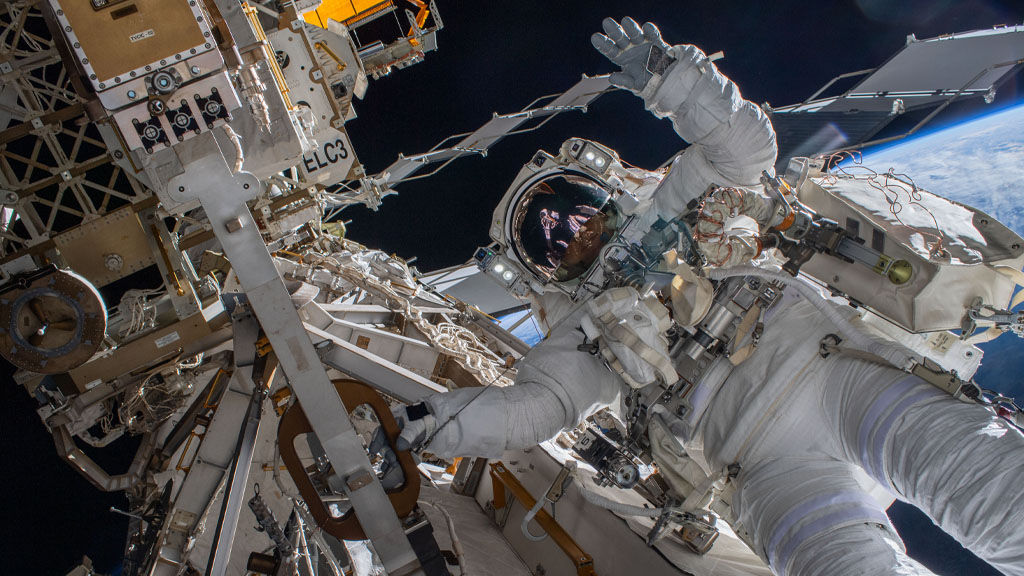Daily Do
How can we use AI to monitor and provide feedback on an astronaut’s health when communication with mission control is not possible?

Lesson Snapshot
High school students, as scientists, work with their group to choose an indicator and create a computer program that will use AI to monitor astronaut health. Students use systems thinking to explain how different vital signs provide information about the functioning of (sub)systems that make up the whole-body system. With their groups, students revise and use a program that uses dialogue (input and output), data storage, and calculations to track a single vital sign in real-time and over time.
Click the Download PDF button above for the complete Lesson Plan.
Materials
Student Materials
Per Student or to Project on a Screen
• How Does Space Affect the Human Body? diagram
• Vital Signs (handout)
• Individual Challenge Reflection
Teacher Materials
• Sample Program Flowchart
• Alexa for Astronauts Challenge Rubric
Optional Teacher Resources
• NSTA Engineering Design Collection
• TechnoKids - How to Make a Flowchart for Programming
• Technovation - Flowcharts


